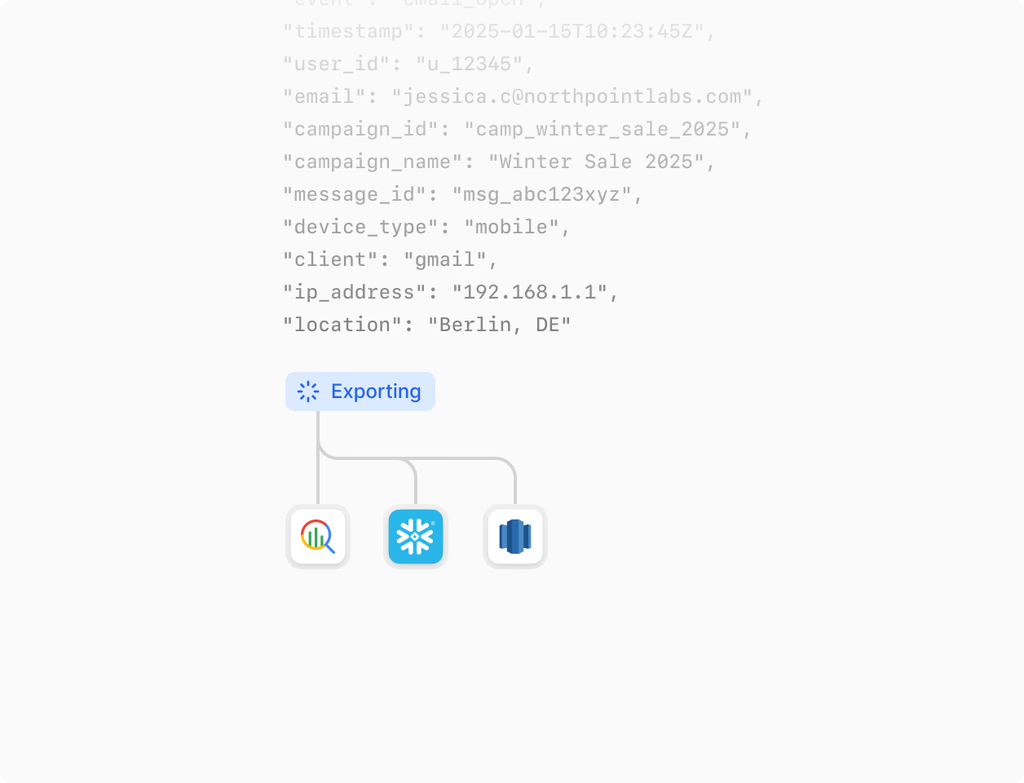How do Marketplace Integrations help scale my business with Hoop?
Marketplace Integrations on the Hoop platform let you manage sales across multiple channels like Amazon, eBay, and Walmart from a single source of truth—your catalog. This feature is ideal for e-commerce businesses focused on multi-channel expansion, aiming to maximize reach without losing control over operations.
You can sync your inventory, listings, availability, and orders instantly, which prevents overselling and dramatically improves inventory accuracy. This automation reduces manual effort and minimizes errors, allowing you to focus on strategy and growth. Hoop helps you orchestrate this multi-channel scale efficiently.
Can I manage international listings and pricing rules?
Yes, the Marketplace Integrations feature supports complex international listing requirements. You can localize currency, taxes, and size charts to fit specific regional marketplaces. This ensures compliance and a better customer experience globally.
You have control over pricing strategy as well. You can mirror pricing across regions or decouple it entirely based on local market conditions or costs. This flexibility is crucial for maintaining profitability and winning the buy box in various global markets while using Hoop's powerful tools.
How does Hoop maintain inventory accuracy across all channels?
Hoop ensures real-time Available-to-Promise (ATP) inventory visibility across all your fulfillment locations, including FBA, 3PLs, and your own distribution centers (DCs). This prevents stockouts and oversells by instantly updating channel listings when stock levels change.
The system incorporates reserve logic and safety stock rules to safeguard your best-selling products. Furthermore, you can manage specific backorder and pre-order controls tailored to each sales channel, ensuring complete inventory accuracy and reliable fulfillment planning. Key features include:
- Real-time ATP updates across FBA and 3PL.
- Safety stock and reserve logic implementation.
- Backorder and pre-order channel controls.
What methods are used to avoid duplicate ASINs or SKUs?
Maintaining a clean catalog is vital for marketplace success, and Hoop addresses the issue of duplicate product identifiers with specialized tools. The platform provides robust SKU/ASIN mapping tools that are designed to handle complex relationships between your internal product IDs and marketplace identifiers.
These tools include essential conflict checks and quarantine queues. When potential duplication or mapping issues are identified, the system flags them and holds the product in a quarantine queue for review. This preventative measure ensures your catalog remains accurate and prevents listing errors that could harm seller performance.
Which pricing plans include access to Marketplace Integrations?
The Marketplace Integrations feature is available across multiple pricing tiers on the Hoop platform to accommodate businesses of different sizes and complexities. Access starts with the core plan and extends through the pro and enterprise plans. The specific scale and advanced features unlocked may vary depending on the plan you choose.
Typically, higher-tier plans offer increased integration limits, access to more complex automation rules, and advanced analytics capabilities, such as granular item-level contribution margins. We recommend reviewing the plan details to find the tier that best matches your required number of marketplaces and sales volume. Available plans are:
What kind of channel-specific analytics does the feature provide?
Hoop provides deep channel analytics to give you actionable insights into your marketplace performance. You can monitor critical metrics such as Buy Box percentage, crucial defect rates, and detailed item-level contribution margins.
These analytics expose areas where you should increase investment or pull back on certain channels. By understanding true profitability per item after accounting for platform fees and returns, you can make data-driven decisions. This level of detail ensures you optimize your multi-channel strategy for maximum efficiency. Key performance indicators tracked include:
- Buy box percentage tracking.
- Defect rate monitoring.
- Item-level contribution margin calculation.
How does Hoop handle order reconciliation and disputes?
The system is designed to streamline financial reconciliation and manage exceptions effectively. Hoop automatically imports marketplace orders, complete with platform fees, taxes, and shipping costs. This detailed import allows for accurate reconciliation down to the net contribution margin.
For handling disputes and exceptions, the platform helps you track critical flags quickly. You can monitor A-to-Z claims, chargebacks, and seller-performance flags in one place. This consolidated tracking ensures you close loops fast, protecting your seller rating and financial records. This centralized management simplifies complex accounting processes.
What is the data security and migration process for new customers?
Hoop treats your catalog and financial data with the highest level of security. Data is encrypted both in transit and at rest, complying with industry-standard protocols for privacy and data handling. Access controls ensure only authorized personnel can view or modify sensitive marketplace data. The platform never shares proprietary business data without consent.
For migration, new customers follow a guided setup process. This typically involves connecting marketplace accounts and then mapping existing SKUs/ASINs to the Hoop product catalog. Time to value is quick; businesses usually achieve initial sync and functional automation within a few days to a week, depending on the complexity and size of their existing catalog. This robust process ensures a smooth and secure transition to the Hoop platform.



.avif)




